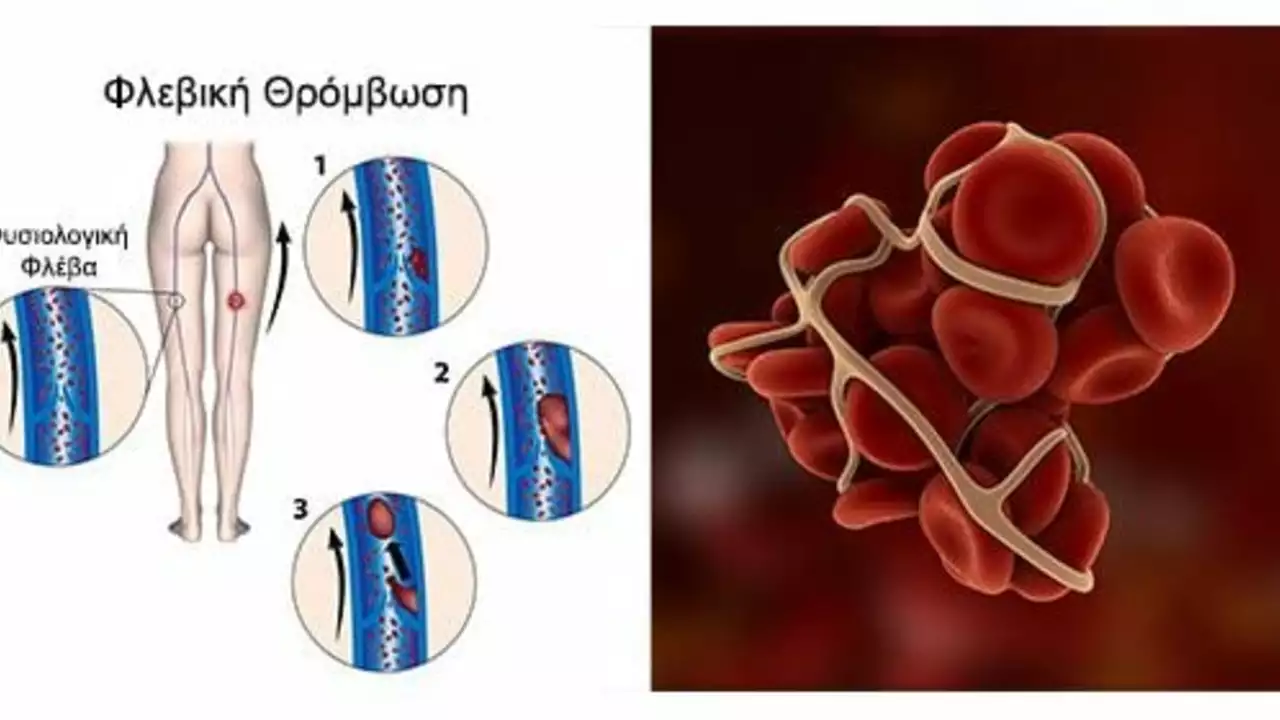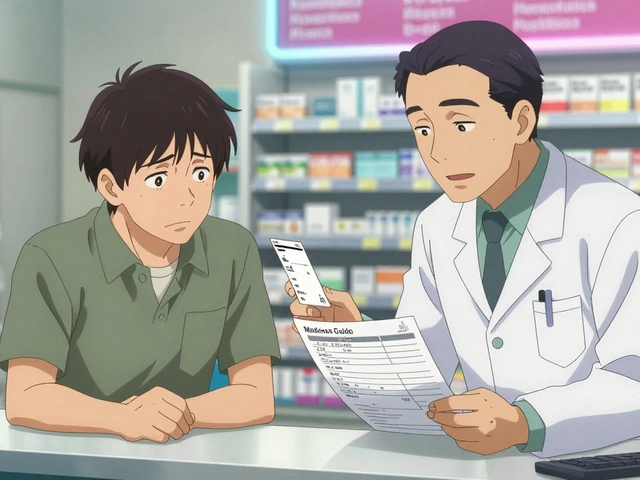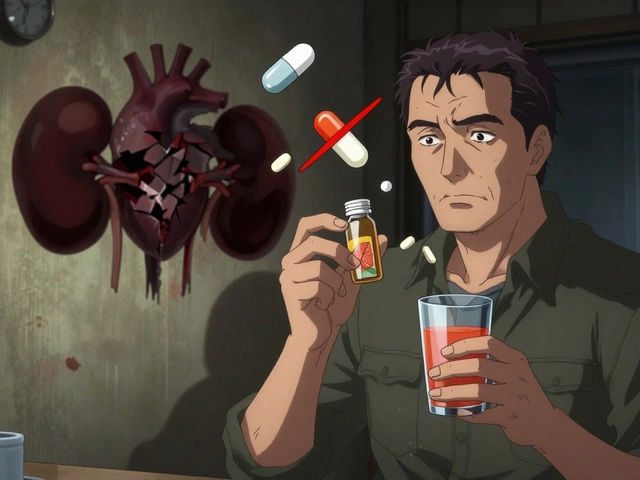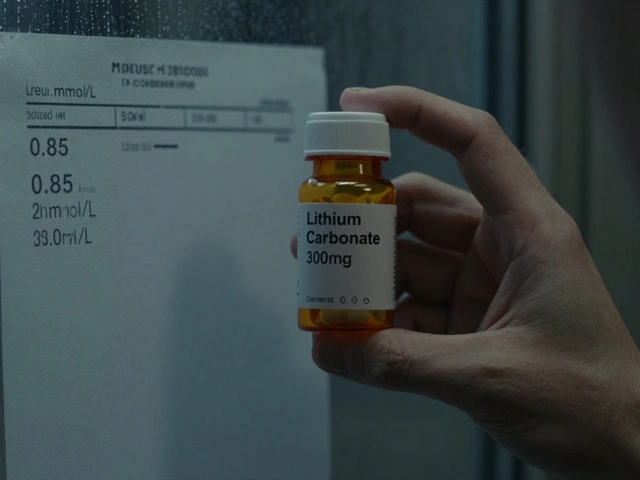Deep Vein Thrombosis (DVT): What You Need to Know
If you’ve ever felt a painful swelling in your calf or wondered why doctors keep warning about “blood clots,” you’re probably thinking about DVT. In plain terms, deep vein thrombosis is when a blood clot forms in the deep veins of your leg (or sometimes arm). The clot can block normal blood flow and, if it breaks loose, travel to the lungs causing a dangerous pulmonary embolism.
Spotting DVT – Symptoms You Can’t Ignore
The first clue is usually a sudden ache or cramp in one leg. It might feel heavy, warm, or even tender when you touch it. The skin can turn reddish or bluish and the leg often looks bigger than the other side. If the pain gets worse while you’re sitting for hours – like on a long flight – that’s another red flag.
Not everyone gets all these signs. Some people only notice a mild swelling, while others feel no pain at all. That’s why it helps to know your personal risk factors and stay alert even if you think the symptoms are “just muscle soreness.”
Why DVT Happens – Common Triggers
Blood loves to move; when it slows down, clots can form. Anything that keeps blood from flowing well raises the odds of DVT. Long trips in cars or planes, bed rest after surgery, and sitting at a desk for eight‑plus hours are everyday culprits.
Medical conditions also play a role. Cancer, clotting disorders, heart failure, and even hormone therapy (like birth control pills) tip the balance toward clotting. Being overweight, smoking, or having a family history of clots adds extra fuel to the fire.
If you’ve had DVT before, your chances of getting another one go up dramatically. That’s why doctors often keep a close eye on repeat sufferers and suggest preventive measures.
How Doctors Confirm DVT
The usual first step is an ultrasound of the leg. It’s painless, quick, and shows whether there’s a clot blocking blood flow. In tricky cases they might order a D‑dimer blood test – high levels suggest clotting activity.
Sometimes doctors use CT or MRI scans if they suspect a clot deeper in the body or want to rule out a pulmonary embolism. The key is early detection; the sooner you know, the easier it is to treat.
Treatment Options – From Blood Thinners to Lifestyle Tweaks
Most DVT cases start with anticoagulants (blood thinners) like apixaban or warfarin. These meds don’t dissolve the clot but keep it from growing and stop new ones from forming. You’ll usually stay on them for three to six months, depending on why the clot appeared.
In severe cases where the clot threatens to break loose, doctors may place a filter in the main vein (the inferior vena cava) or perform a procedure called thrombectomy to physically remove it.
Beyond pills, simple moves can make a big difference. Keep your legs moving – stand up and stretch every hour, do ankle pumps while seated, and wear compression stockings if you’re at risk. Staying hydrated also helps keep blood flowing smoothly.
Preventing DVT Before It Starts
If you travel long distances, try to walk the aisle or do calf raises every 30 minutes. For surgery patients, ask your doctor about prophylactic anticoagulants and early‑mobility plans. Maintaining a healthy weight, quitting smoking, and exercising regularly are long‑term defenses.
Women on hormone therapy should discuss clot risks with their provider and consider alternatives if they have additional risk factors. Knowing the signs, staying active, and getting medical advice promptly can keep DVT from turning into a life‑threatening emergency.
Bottom line: DVT is serious but manageable when you recognize the warning signs, understand what raises your risk, and act quickly. Keep an eye on any leg changes, move often, and don’t hesitate to talk to a healthcare professional if something feels off.

Deep Vein Thrombosis and Hormone Replacement Therapy: What You Need to Know
As a blogger, I've recently come across some important information about the connection between Deep Vein Thrombosis (DVT) and Hormone Replacement Therapy (HRT). DVT is a serious medical condition where blood clots form in the deep veins, typically in the legs. Research has shown that HRT, which is commonly used to relieve menopause symptoms, can potentially increase the risk of developing DVT. It is crucial for women considering HRT to be aware of this risk and discuss it with their healthcare providers. In my next blog post, I'll be diving deeper into this topic and sharing what you need to know to make informed decisions about your health.
read more




